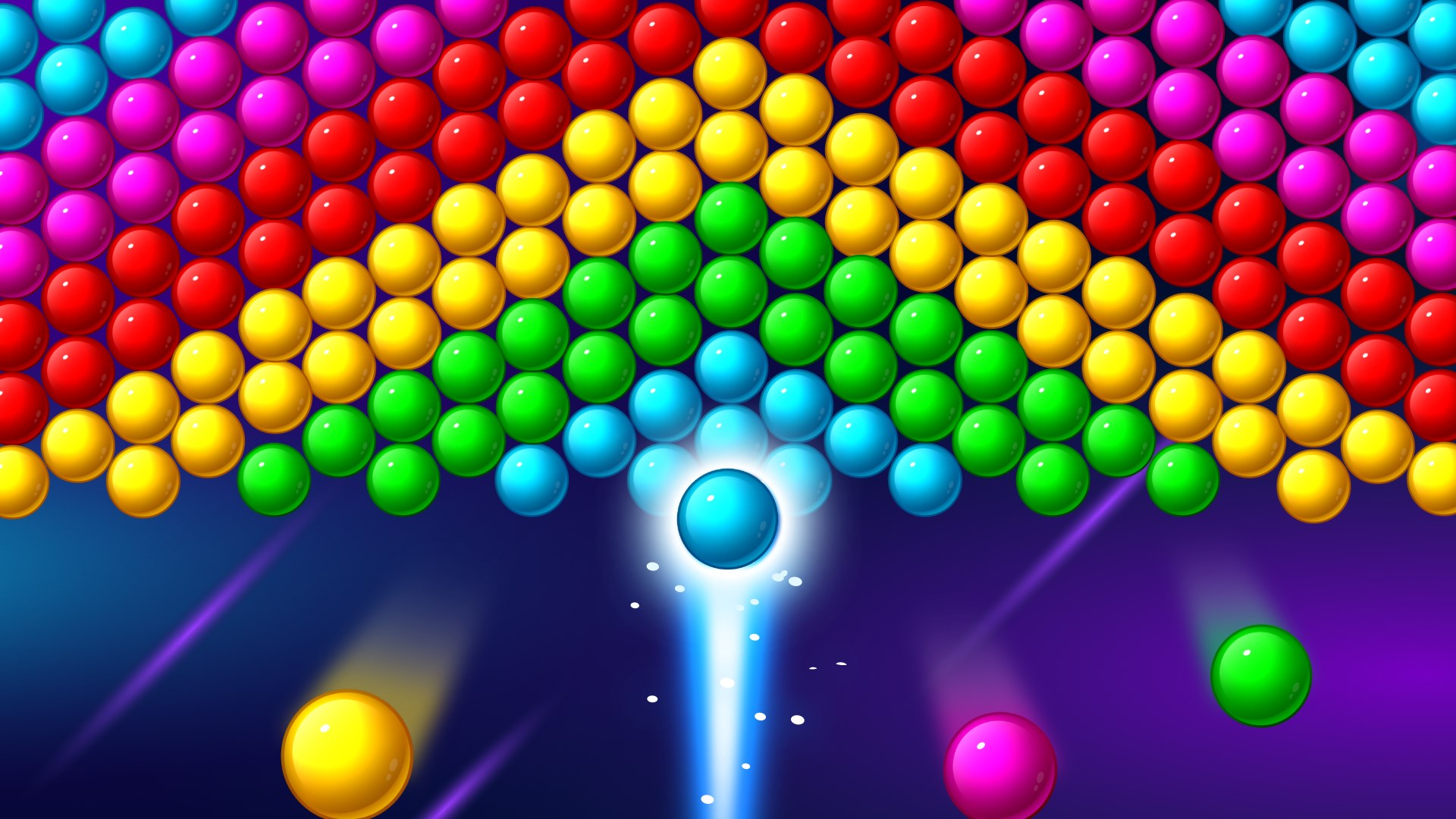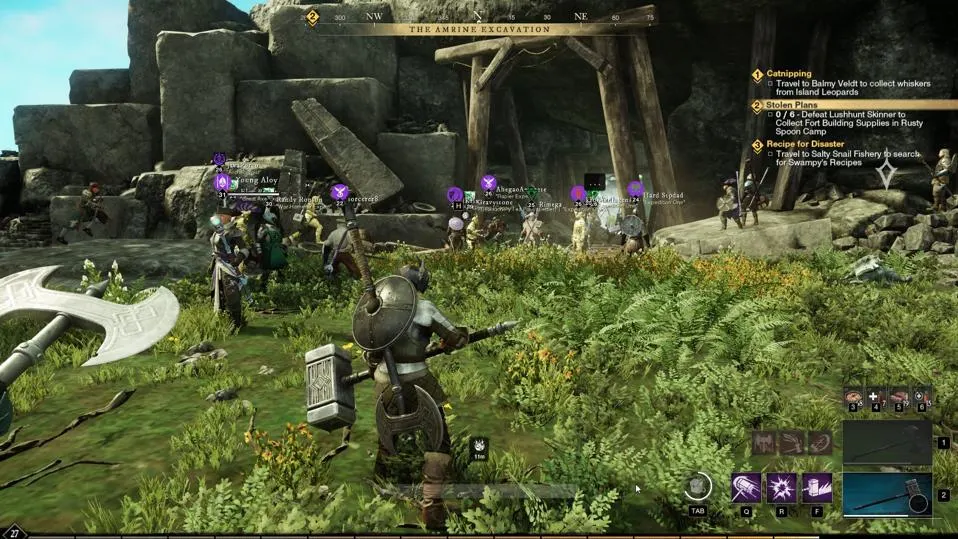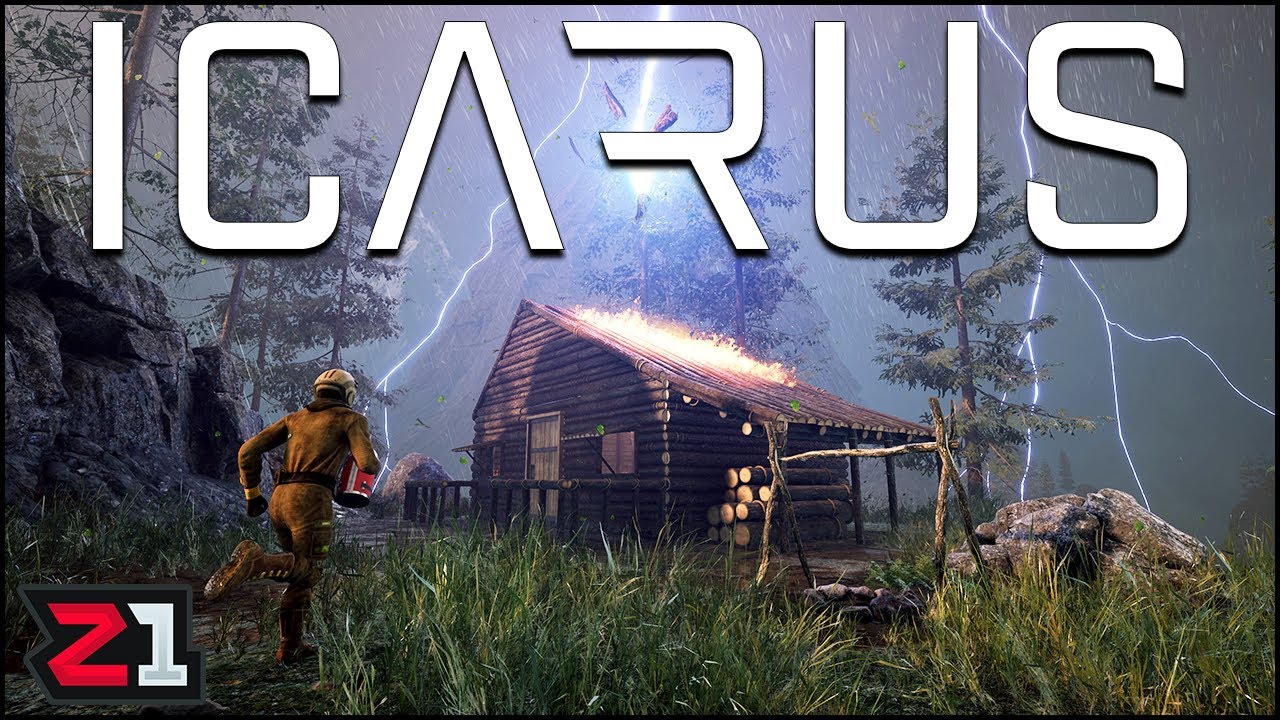Introduction
Bubble Shooter games have been a staple in the Casual Gaming world for decades, Captivating Players With Their Simple yet Addictive Gameplay Mechanics. Whether you’re a Seasoned gamer looking for a quick mental challenge or someone new to gaming, Bubble Shooter offers a timeless appeal. With Colorful Bubbles, Strategic Aiming, and Satisfying pops, these Games blend Strategy and Relaxation into a Delightful Experience.
In This Review, we Dive Into the essence of Bubble Shooter games, exploring their gameplay dynamics, Visual charm, and the Enduring popularity that keeps players Coming back for more. Join us as we Analyze what makes Bubble Shooter games a beloved choice for gamers of all ages.
Gameplay Mechanics
- Core Gameplay Mechanics: Describe how the game works in terms of shooting bubbles, matching colors, and clearing the board. Highlight any unique mechanics or twists that set this game apart from others in the genre.
- Level Design and Progression: Discuss the progression system, including how levels are structured (e.g., difficulty curve, different challenges), and if there are any power-ups or special bubbles that enhance gameplay.
- Controls and Interface: Evaluate the user interface and control scheme. Is it intuitive and responsive? Are there any issues with navigation or usability?
- Visuals and Audio: Comment on the game’s graphics quality, animations, and overall aesthetic appeal. How does the audio contribute to the gameplay experience (e.g., music, sound effects)?
- Replayability and Longevity: Assess the game’s replay value. Does it offer enough variety or additional modes to keep players engaged over time? Are there social or competitive features that add to its longevity?
- Monetization Strategy (if applicable): If the game includes in-app purchases or ads, discuss how they impact gameplay and user experience. Are they intrusive or well-integrated?
- Overall Impression: Summarize your thoughts on whether the game succeeds in delivering a fun and engaging Bubble Shooter experience. Mention any standout strengths or areas where improvements could be made.
Graphics and Visuals
- Art Style: Describe the art style used in the game. Is it cartoony, realistic, abstract, or minimalist? How does this style contribute to the overall gaming experience?
- Graphics Quality: Assess the quality of the graphics. Are the colors vibrant and appealing? Is there attention to detail in the bubbles, backgrounds, and animations?
- Animations: Evaluate the animations during gameplay. Are they smooth and fluid? How do they enhance the gameplay experience, such as bubble popping effects or transitions between levels?
- User Interface (UI): Analyze the UI design. Is it intuitive and easy to navigate? How well does it integrate with the visual style of the game?
- Visual Effects: Discuss any special visual effects used, such as power-ups, explosions, or special bubble types. How do these effects contribute to the excitement and engagement of the game?
- Level Design: Consider how visuals are used in level design. Are there variations in backgrounds or themes across levels? How does this affect the player’s immersion and interest in progressing through the game?
- Comparison: Compare the visuals to other Bubble Shooter games or similar casual games in terms of quality and innovation. What unique visual elements does this game bring to the genre?
Sound and Music
- Sound Effects: Evaluate the quality and variety of sound effects used in the game. Are the bubble popping sounds satisfying? Do they vary based on different actions or events in the game?
- Music: Consider the background music. Is it engaging and fitting for the game’s theme? Does it change dynamically with different levels or modes? Is there an option to adjust or mute the music for player preference?
- Ambient Sound: Note any ambient sounds or background noise that contributes to the overall atmosphere of the game. This could include sounds of water, nature, or other thematic elements.
- User Experience: Assess how sound and music contribute to the overall user experience. Are they immersive, enhancing gameplay without being distracting? Do they help to build tension or excitement as the game progresses?
- Technical Quality: Pay attention to technical aspects such as sound clarity, balance between different audio elements, and whether there are any glitches or issues with sound playback.
Story (if applicable)
- Gameplay Mechanics and Features: Describe how the game mechanics work, such as aiming and shooting bubbles to match colors. Highlight any unique features like power-ups, special bubbles, or different game modes that enhance the gameplay experience.
- User Experience and Interface: Discuss the user interface, ease of controls (touchscreen or mouse-based), and overall user experience. Mention if the game is intuitive for new players or offers challenges for experienced gamers.
- Visuals and Sound Design: Evaluate the game’s graphics quality, animation smoothness, and overall visual appeal. Comment on the sound effects and background music—do they enhance the gameplay or become repetitive?
- Level Design and Progression: Analyze how the game handles progression through levels or stages. Is there a storyline or theme that unfolds as players advance? Are there difficulty spikes or a gradual increase in challenge?
- Community and Social Features: If applicable, explore any social or community features such as leaderboards, multiplayer modes, or social media integration. How do these features add to the game’s longevity or replayability?
- Comparison with Similar Games: Compare the reviewed Bubble Shooter game with other similar titles in terms of gameplay mechanics, graphics, and overall enjoyment. Highlight what sets this game apart or where it might fall short.
- Personal Insights and Recommendations: Finally, share your personal experience with the game. Who might enjoy playing it, and what are your overall recommendations? Consider the game’s target audience and whether it meets their expectations.
Replayability and Longevity
- Game Mechanics: The core gameplay mechanics should be engaging and challenging enough to encourage repeated play. This includes the variety of bubble types, level design complexity, and the skill required to progress.
- Level Design and Progression: A well-designed game will offer a progression that keeps players engaged. This could involve increasing difficulty, introducing new challenges (like special bubbles or obstacles), and rewarding players with new features or power-ups as they advance.
- Variety of Content: Games with a wide range of levels, modes (like timed challenges or puzzle modes), and customizable features (such as different bubble designs or backgrounds) tend to have higher replayability.
- Social and Competitive Elements: Integration of social features like leaderboards, multiplayer modes, or in-game achievements can extend a game’s longevity by fostering competition and community interaction.
- Updates and Support: Regular updates with new levels, features, or events can rejuvenate interest in a game over time, keeping it fresh for existing players and attracting new ones.
- Accessibility and User Experience: A smooth user interface, clear instructions, and intuitive controls contribute to the game’s accessibility and can influence how long players stick with it.
Community and Multiplayer (if applicable)
Community Interaction:
- Community Engagement: Discuss how active the community is, including forums, social media presence, and developer interaction.
- Events and Updates: Evaluate how often the game receives updates, new levels, or themed events that engage players.
- Player Feedback: Mention how responsive developers are to player feedback and suggestions.
Multiplayer Experience (if applicable):
- Game Modes: Describe the different multiplayer modes available (co-op, competitive, etc.) and how they enhance the gameplay experience.
- Matchmaking: Assess the effectiveness of the matchmaking system in pairing players of similar skill levels.
- Social Features: Discuss any social features like in-game chat, guilds/clans, or player profiles that enhance multiplayer interactions.
- Performance: Comment on the game’s stability and performance during multiplayer sessions, including issues like lag or connectivity problems.
Overall Impressions:
Summarize the review with your overall impressions of how the community and multiplayer aspects contribute to the game’s enjoyment and longevity. Mention any standout features or areas where improvements could be made to enhance the player experience.
Conclusion
To conclude your Bubble Shooter game review, consider summarizing the key points you’ve discussed throughout the review. Highlight aspects like gameplay mechanics, graphics, sound design, and overall enjoyment. You can also mention any unique features or drawbacks that stood out during your playthrough. Finally, provide a recommendation based on who might enjoy the game and any final thoughts on its replayability or long-term appeal. This approach will help tie together your review and leave readers with a clear sense of your assessment. If you need specific help crafting this conclusion or want to discuss any particular aspects further, feel free to ask!
Frequently Asked Questions
When did Bubble Shooter come out?
Bubble Shooter, the popular puzzle game, was released in 2000. It has since become a classic and has inspired numerous variations and versions across different platforms.
Who made Bubble Shooter?
Bubble Shooter was created by Absolutist, a game development company known for creating casual and puzzle games. They released Bubble Shooter in 2000, and it quickly gained popularity among players worldwide.
Why was Bubble Shooter created?
Bubble Shooter was created as a casual puzzle game to entertain and challenge players with its simple yet addictive gameplay mechanics.
What is the world record for Bubble Shooter game?
As of now, there isn’t a universally recognized world record for Bubble Shooter game scores due to variations in versions and platforms.



